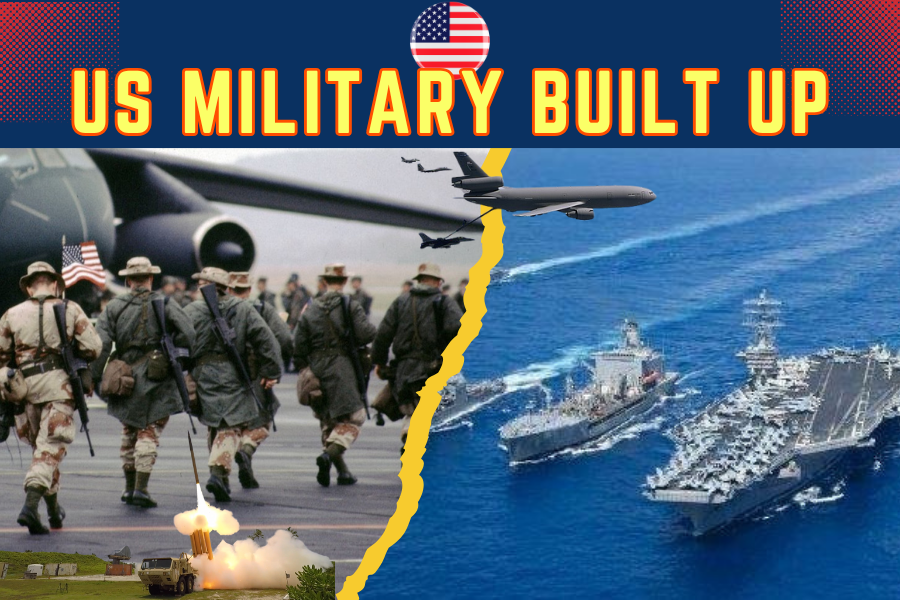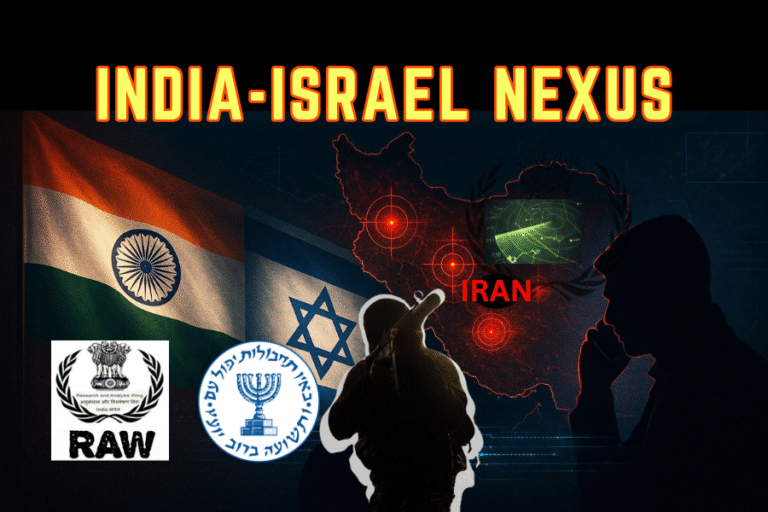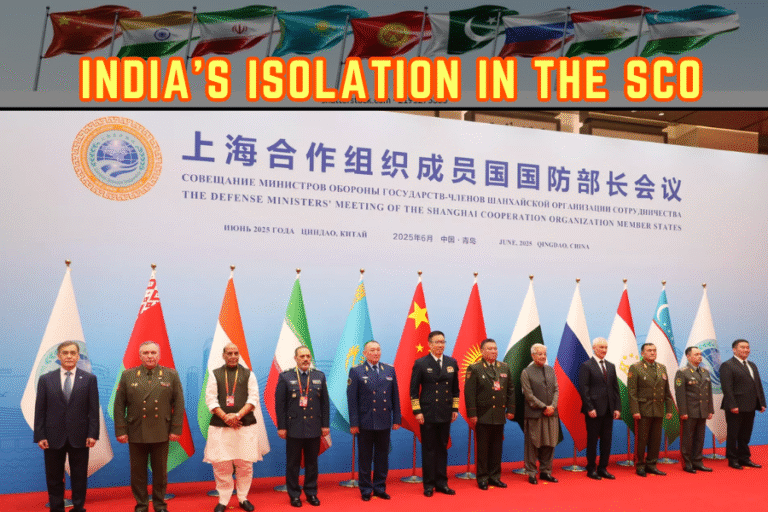(By Khalid Masood)
As of June 17, 2025, media and social media reports indicate a significant U.S. military buildup in the Middle East, aimed at deterring Iran and supporting Israel amid rising tensions. The deployment includes carrier strike groups, B-2 stealth bombers, special munitions stockpiles, and Army and Marine units, signaling a posture for potential offensive or defensive operations against Iran. This article synthesizes recent reports, examines the evidence, and assesses the strategic implications, drawing on expertise in diplomacy, statecraft, and espionage to contextualize the movements.
Overview of the Buildup
The U.S. has surged military assets to the Middle East since March 2025, with increased activity following Israel’s June 13, 2025, strikes on Iranian nuclear and military targets. The deployments include naval, air, and ground forces, positioned to counter Iran’s nuclear ambitions and Houthi attacks in Yemen. President Donald Trump’s warnings of military action if nuclear talks fail, alongside Iran’s near-weapons-grade uranium stockpile, frame the buildup as both deterrence and preparation for possible conflict.
Carrier Strike Groups: Naval Power Projection
The U.S. Navy has deployed multiple carrier strike groups to the Middle East, bolstering air and missile defense while signaling readiness for sustained operations.
USS Nimitz Carrier Strike Group
- Status: Rerouted from the South China Sea to the Middle East on June 16, 2025, canceling a port call in Da Nang. The Nimitz, with 5,000 personnel and over 60 aircraft, including F/A-18s, is en route to join the USS Carl Vinson, forming a dual-carrier presence.
- Timeline: Expected to arrive in 3–4 weeks, though some suggest a faster deployment to overlap with the Carl Vinson.
- Capabilities: Equipped with F-35C stealth jets, EA-18G electronic warfare aircraft, and Aegis missile defense systems on escort destroyers, the Nimitz can support air strikes, intercept Iranian missiles, or secure the Strait of Hormuz.
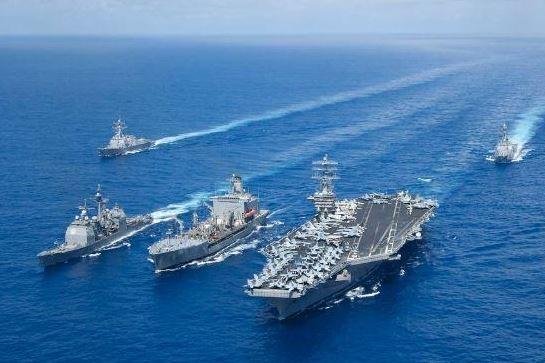
USS Carl Vinson Carrier Strike Group
- Status: Operating in the Arabian Sea near Iran since early April 2025, after transiting from the Pacific. It carries 90 aircraft, including F-35Cs and F/A-18s, with 6,000 crew and escorts like the USS Princeton cruiser.
- Role: Conducting strikes against Houthi targets in Yemen and deterring Iranian naval provocations. Its proximity to Iran enables rapid response to nuclear or missile threats.
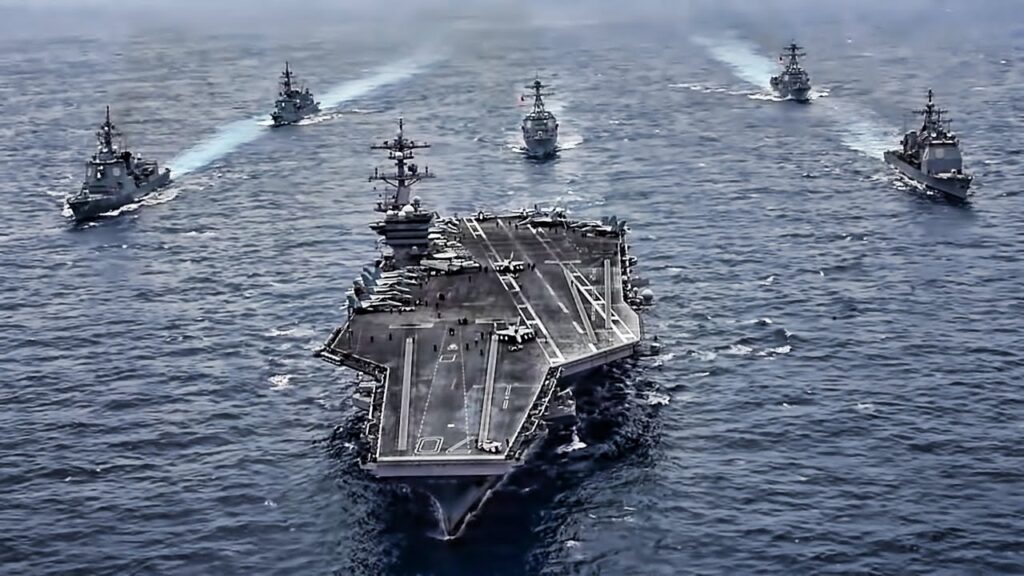
USS Harry S. Truman Carrier Strike Group
- Status: Extended in the Red Sea since September 2024, supporting anti-Houthi operations and protecting Red Sea shipping under Operation Prosperity Guardian.
- Capabilities: Includes A-10 Thunderbolt IIs and F/A-18s for sustained air support. Escorts carry Tomahawk cruise missiles for long-range strikes.
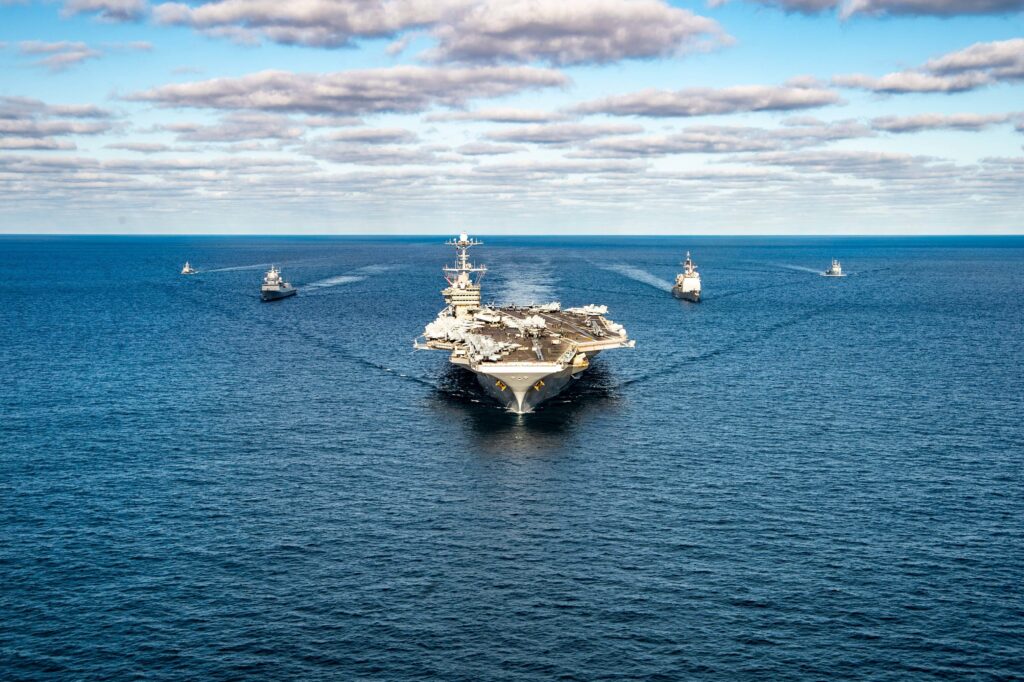
Analysis
The dual-carrier presence sends a strong deterrence message to Iran, but maintaining three carriers strains U.S. naval readiness, potentially diverting assets from the Indo-Pacific. Social media claims of 40,000 troops and two carriers exaggerate ground forces but reflect public concern. The carriers’ missile defense and air strike capabilities suggest preparation for both defensive and offensive scenarios.
B-2 Stealth Bombers: Strategic Strike Capability
The U.S. Air Force has deployed B-2 Spirit stealth bombers to Diego Garcia, positioning them within striking range of Iran’s hardened nuclear facilities.
Deployment Details
- Numbers: Six B-2s, about 30% of the operational fleet, are stationed at Diego Garcia. Satellite imagery from March 2025 confirmed four B-2s, and two more arrived in April.
- Capabilities: Each B-2 can carry two GBU-57/B Massive Ordnance Penetrators (MOPs), 30,000-pound bunker-buster bombs designed to penetrate 60–200 feet of reinforced concrete, ideal for Iran’s Fordow and Natanz nuclear sites.
- Operations: B-2s struck Houthi underground depots in Yemen in October 2024, showcasing long-range precision. Diego Garcia, 3,200 miles from Fordow, allows strikes with refueling support.

Support Infrastructure
- Refueling Tankers: Dozens of KC-135R and KC-46A tankers moved to Europe, such as Ramstein, Germany, on June 16, 2025, to support B-2 missions. Twenty-eight tankers were tracked over the Atlantic, enabling long-range strikes or fighter deployments.
- Logistics: A 50% increase in U.S. cargo flights to Qatar, Bahrain, and Jordan in March 2025 delivered munitions and equipment, likely supporting B-2 operations.

Analysis
The B-2 deployment targets Iran’s nuclear infrastructure, not Houthi facilities, which require fewer bombers. The MOP’s ability to destroy Fordow positions B-2s as critical for any U.S. or Israeli strike. However, with only six B-2s and a limited MOP stockpile, the scale of an attack is constrained, requiring precise targeting.
Special Munitions Stockpiles: Preparing for Deep Strikes
The U.S. has bolstered munitions stockpiles in the Middle East, focusing on precision and bunker-busting capabilities.
GBU-57/B Massive Ordnance Penetrator
- Stockpile: Deployed with B-2s at Diego Garcia. The exact number is classified, but each B-2 can carry two MOPs, suggesting at least 12 available with six bombers.
- Purpose: Designed for Iran’s underground nuclear sites, penetrating up to 60 meters of rock. Only B-2s are MOP-certified, though B-52s can carry other bunker-busters.
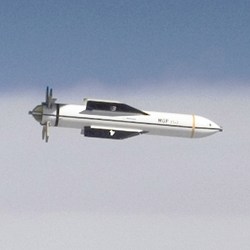
Other Munitions
- Patriot PAC-3 Interceptors: Moved from South Korea to Bahrain’s Isa Air Base in April 2025 to counter Iranian ballistic missiles.
- Tomahawk Cruise Missiles: Carried by carrier escorts, such as the USS Princeton, for long-range strikes on Iranian military targets.
- APKWS II Rockets: Used by F-15Es and F-16s for counter-drone operations against Houthi and Iranian proxies.
Logistics Surge
- Cargo Flights: A 380% increase in U.S. military cargo flights to Middle Eastern bases from March to April 2025 delivered munitions and equipment. Approximately 140 heavy transport flights occurred in March, likely including MOPs and Patriot interceptors.
- THAAD Systems: A THAAD battery in Israel, reinforced in October 2024, intercepted seven Houthi missiles. Additional THAAD and Patriot systems arrived from South Korea and Fort Sill, Oklahoma.
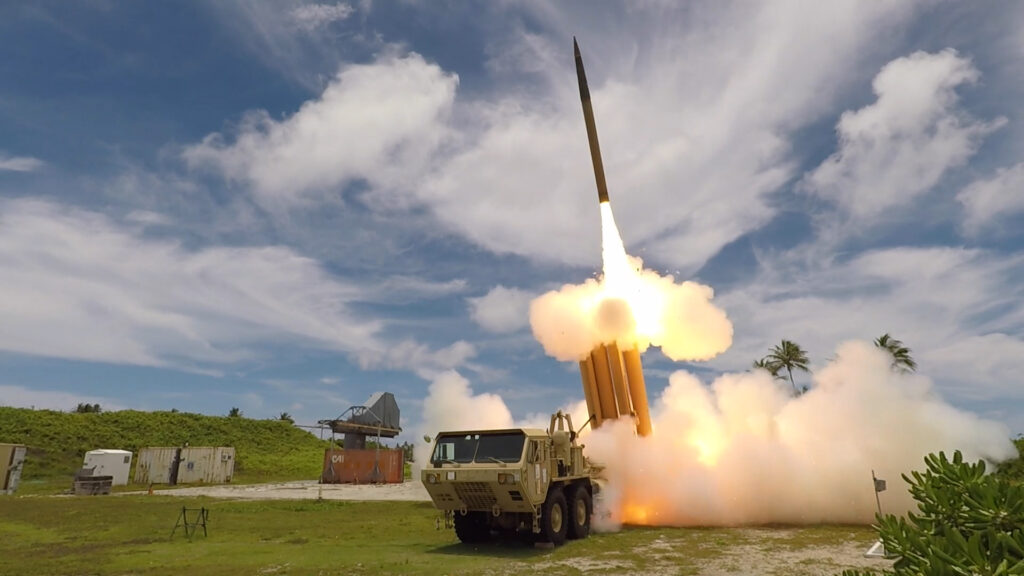
Analysis
The focus on MOPs and Patriot interceptors indicates a dual strategy: offensive strikes on Iran’s nuclear sites and defense against retaliatory missile barrages. The logistics surge suggests pre-positioning for a prolonged campaign. However, the MOP’s specialized role limits its use to high-value targets, and Patriot stockpile depletion could strain defenses. Social media mentions of anti-drone tech shifts highlight resource prioritization but lack MOP specifics.
Army and Marine Units: Ground Force Posture
U.S. Army and Marine units are rotating or deploying to the Middle East, enhancing defensive and contingency capabilities.
Army Units
- Patriot and THAAD Batteries: Operated by Army air defense units, deployed to Bahrain, Qatar, and Israel. C-17s from South Korea and Fort Sill delivered additional systems in March–April 2025.
- Troop Numbers: Approximately 40,000 U.S. troops are in the region, including Army personnel at bases in Jordan, Kuwait, and Saudi Arabia. Expanded deployments are formalized in Jordan and Cyprus.
- Potential Rapid Response: About 2,000 Army personnel remain on alert for rapid deployment, a posture likely maintained in 2025 given Iran tensions.
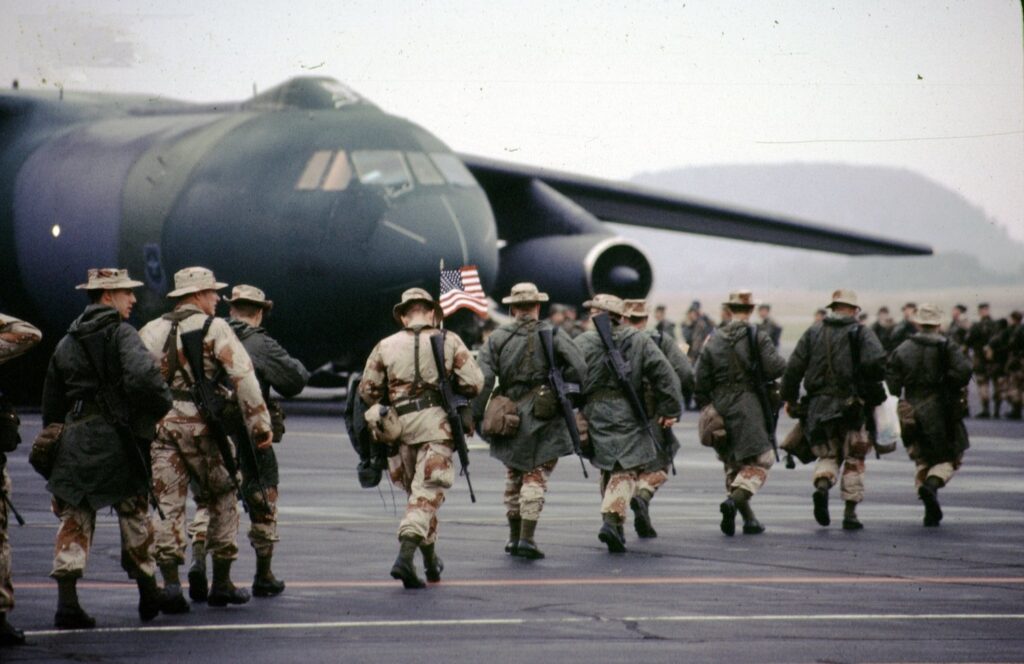
Marine Units
- Marine Expeditionary Unit (MEU): A 2,000-strong MEU, part of the USS Wasp amphibious ready group in the Mediterranean, is poised for evacuation or ground operations.
- Kuwait and Saudi Arabia: Rotating Marine units support anti-Houthi operations and deterrence in these countries.
- Bahrain: 2,000 Marines, trained for amphibious landings, were redirected from Kuwait exercises in 2023, with similar rotations likely in 2025.
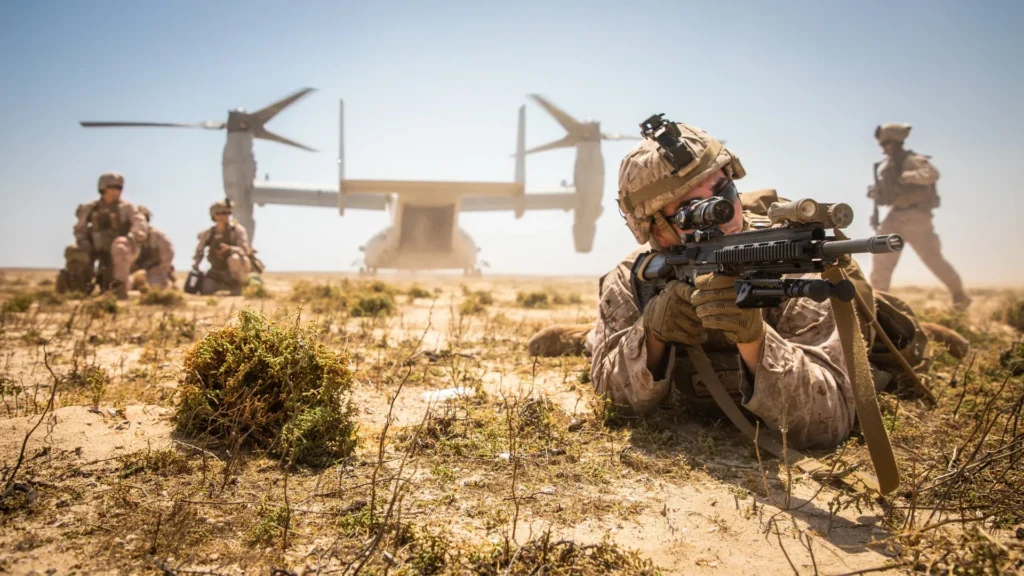
Analysis
Army and Marine deployments focus on air defence and contingency response, not large-scale ground offensives, which are unlikely against Iran due to logistical and political constraints. The 40,000-troop figure includes naval personnel, inflating ground force estimates. Formalized basing agreements suggest a long-term posture, but troop surges remain limited compared to past conflicts.
Strategic Intent and Diplomatic Context
The buildup aligns with Trump’s ultimatum for Iran to negotiate a nuclear deal by mid-2025, with military action threatened if talks fail. Nuclear talks in Oman, scheduled for June 21, 2025, test diplomacy, with Iran’s 60% enriched uranium stockpile, enough for six weapons, driving U.S. urgency.
Defensive vs. Offensive Posture
- Defensive: U.S. officials emphasize protecting Israel and U.S. bases from Iranian missile strikes, as seen in April 2024 intercepts. Patriot and THAAD deployments reinforce this.
- Offensive: B-2s with MOPs and carrier-based F-35Cs position the U.S. for strikes on Iran’s nuclear sites. Trump’s veto of an Israeli plan to target Iran’s Supreme Leader suggests restraint, but his support for Israel’s strikes keeps offensive options open.
Regional Implications
- Iran’s Response: Iran’s threats to close the Strait of Hormuz are tempered by global economic risks. Missile attacks on U.S. bases or Israel remain a likely retaliation.
- Allies and Proxies: Saudi Arabia and the UAE, hosting U.S. forces, face Iranian ire, while Houthi attacks on shipping escalate.
- China and Russia: The buildup diverts U.S. assets from the Indo-Pacific, weakening deterrence against China. Russia’s arms sales to Iran complicate the theater.
Social Media Sentiment
Social media posts reflect alarm, with claims of a “Pentagon strike preparation” and a “massive buildup.” These posts lack verified details, confusing B-2s with B-52s or exaggerating troop numbers. Credible posts focus on air assets but overstate imminent conflict risks.
Critical Assessment
The U.S. buildup is a calculated escalation, balancing deterrence with diplomatic leverage. Key observations:
- Carrier Groups: The Nimitz’s rushed deployment and Carl Vinson’s proximity enable rapid strikes but strain naval resources, risking overstretch.
- B-2 Bombers: Six B-2s with MOPs are a credible threat to Fordow, but limited numbers and high costs constrain their use to a decisive strike.
- Munitions: MOPs and Patriot interceptors are tailored for Iran’s nuclear and missile threats, but stockpile size and resupply logistics are vulnerabilities.
- Ground Forces: Army and Marine units prioritize defense and contingency, not invasion, reflecting lessons from past wars.
- Risks: Iran’s missile arsenal and proxies could overwhelm U.S. defenses, while nuclear talks offer a de-escalation path.
Media reports provide detailed evidence, but sensationalist outlets and social media inflate conflict risks. The absence of recent B-2 movement updates suggests operational secrecy, while Iran’s restrained rhetoric hints at a negotiation room.
Conclusion
The U.S. military buildup in the Middle East, encompassing carrier strike groups, B-2 bombers, special munitions, and Army/Marine units, positions Washington to deter Iran or support Israel in a potential conflict. The Nimitz and Carl Vinson carriers, six B-2s at Diego Garcia, MOP stockpiles, and 40,000 troops signal readiness for defensive or offensive operations, particularly against Iran’s nuclear program. However, resource strain, regional retaliation risks, and diplomatic alternatives temper the likelihood of immediate strikes. As nuclear talks loom, the U.S. must balance its show of force with statecraft to avoid a wider war, navigating a region where miscalculation could ignite catastrophe.

